- Home
- >
- Preservation Archaeology Blog
- >
- NSF Grant News to Share!

(September 5, 2023)—I recently received some wonderful news: My friends and colleagues Jeff Clark and Mike Diehl and I have been awarded a new grant from the National Science Foundation to study how people used animals and plants during a period of dramatic social change in the ancient Southwest (BCS-2312349).
We’ll be examining how people living in three different case-study areas used plants and animals in the period between 1000 and 1450 CE—specifically, before, during, and after migrants from the Kayenta area in what is now northeastern Arizona moved south to join existing communities in southern Arizona and southwestern New Mexico.
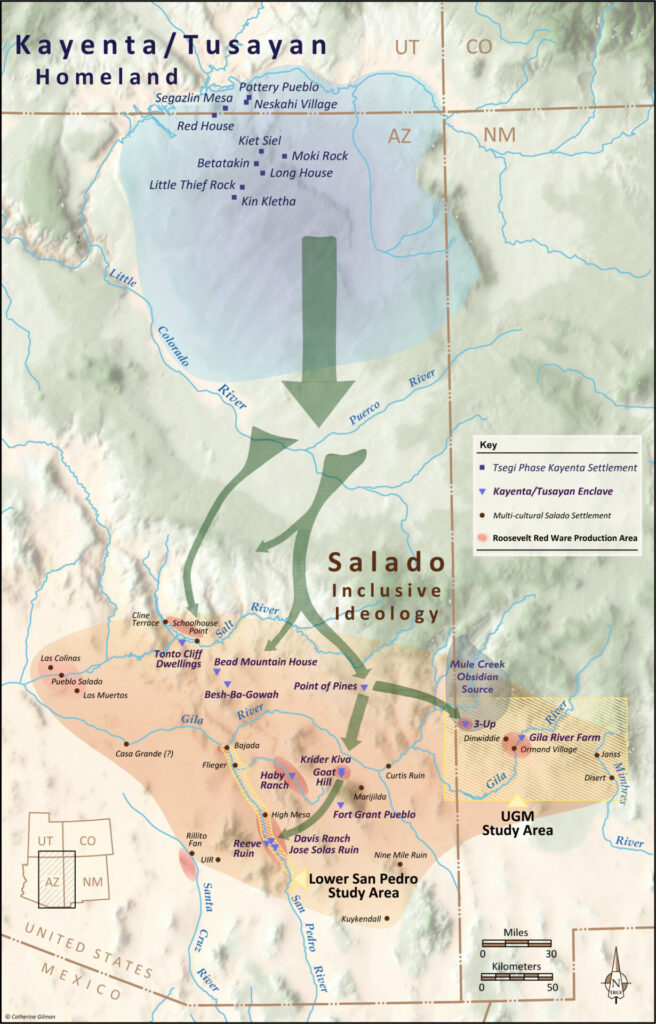
Like many of our projects here at Archaeology Southwest, we’ll be using collections and data from prior excavations. This time, we’ll examine information from decades of academic and cultural resource management projects in the Tonto Basin and northern San Pedro River valley of southeastern Arizona and the Mimbres–Mogollon area of southwestern New Mexico.
Many of these projects were able to analyze the plant and animal remains they recovered, and we’ll use those existing analyses to inform our work. Some projects ran short of the time and money required for analysis and publication before they could finish, so Mike Diehl (paleoethnobotanist at Desert Archaeology, Inc.) and I will locate and analyze those collections in the coming months.
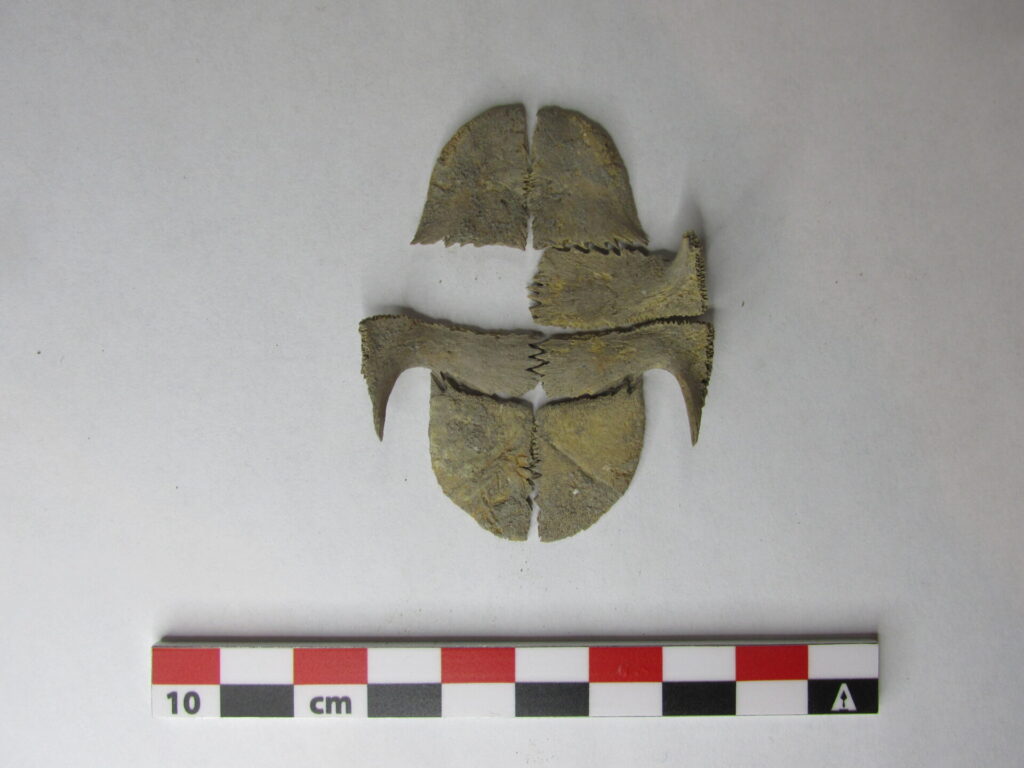
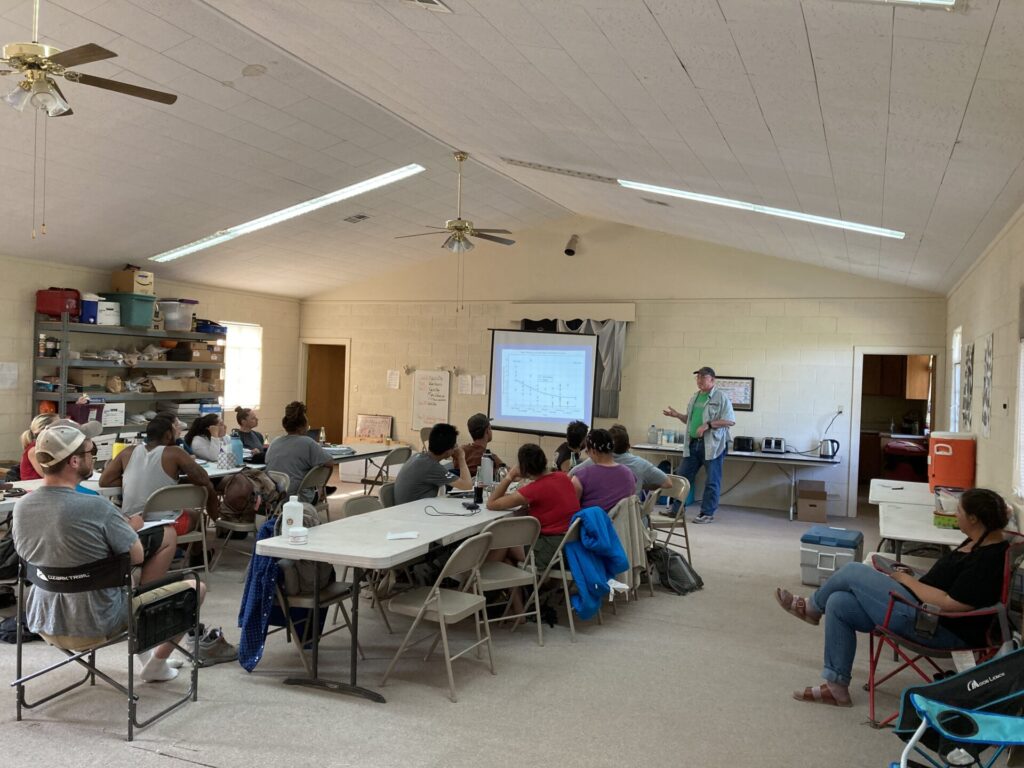
We’re excited and hopeful about the ways this project will allow us to build on some important resources already in place here at Archaeology Southwest. One of these is a project Mike and I completed recently working with older collections and datasets from the Mimbres area (BCS-1524079). Another is Archaeology Southwest’s long-standing connection to the San Pedro valley. We’re also pleased to work with data from the Tonto Basin, where Jeff Clark directed archaeological projects during what I think of as his “archaeologically formative years.”
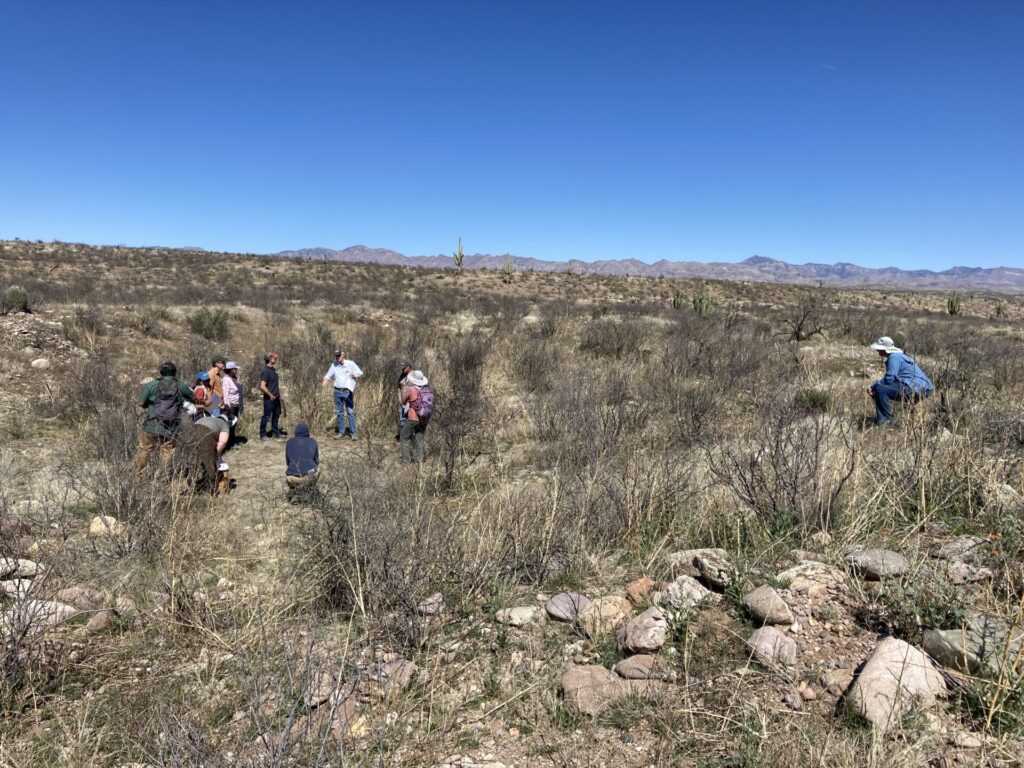
Finally, we’ll be using the analytical power of cyberSW to get hundreds of datasets—which were created by dozens of different people, using many different recording systems—to “talk” to one another by translating some of the many different terms and methods archaeologists use for recording similar information. This will allow us to compare changes in where different species were found at spatial scales from vast (like how many turkey bones were found in each region) to highly localized (like exactly which fire pits in ancient buildings contained burned grape seeds). It will also allow other cyberSW users of all backgrounds to access these datasets and make their own comparisons, investigating questions the three of us never would have thought of.
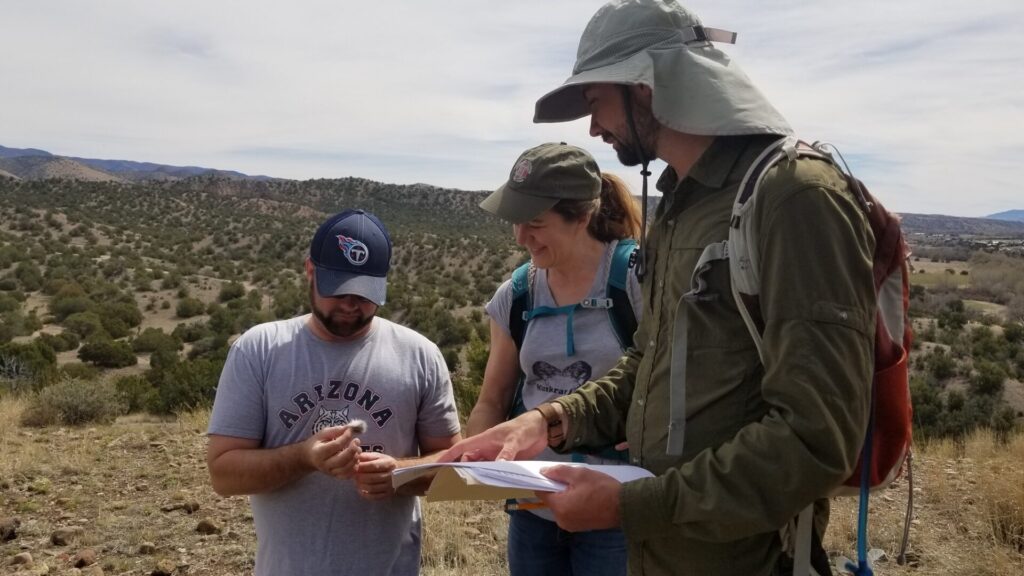
Back in 2015 when I told my two kids about getting a new grant, they weren’t sure what that word meant. This summer, we talked a lot about revisions. As middle- and high-school students now, my kids are pretty familiar with the work that goes into revisions, and they weren’t too excited to hear that this process just gets more and more important with time! My friends and I put a lot of time into refining our proposal to make our research questions clearer and to improve our plans for the best ways to investigate those questions, especially in response to our archaeological colleagues’ insightful and sometimes challenging comments on earlier versions of the proposal.
On this project, we have some extra revisions built into every stage of this work. We’ll be constantly revising our approaches and ways of thinking throughout the next three years in response to the critiques and suggestions of Tribal member-advisors we’ll meet with quarterly in order to better integrate multiple perspectives in our understandings of the ancient Southwest. Revisions are always challenging, but these challenges will be important for helping us adjust some of our blind spots as scientists and avoid unintended consequences for Tribal members that could arise from this work.
By examining plant and animal data across both large and small scales of space and time, we plan to identify culturally distinctive signatures for the material traditions archaeologists call Mimbres, Hohokam, Kayenta, and Salado. We will examine which distinctive practices were linked to expressing varied heritage (such as Kayenta), which practices were signals of inclusive Salado identity and group membership, and in what contexts these different practices were used (for example, within a household versus in public spaces).
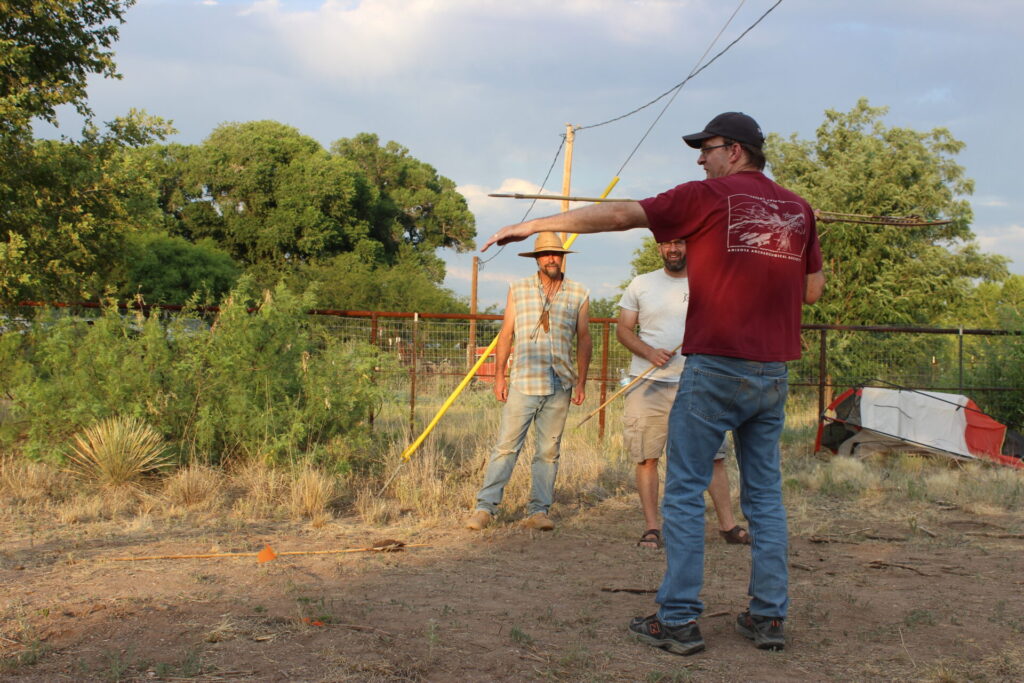
Understanding how, where, and when people expressed different aspects of their heritage will help us understand how people from different backgrounds worked together to create stable multicultural Salado communities that lasted more than a century. Some of the forces that divide Americans of different backgrounds today were also challenges in the past, and understanding how people successfully dealt with obstacles to building successful, diverse communities in the past will inspire us with new ways to meet those challenges in the present.
One thought on “NSF Grant News to Share!”
Comments are closed.
Congratulations to all three of my friends for this honor. I’ll look forwaard to your results as they coe forth!